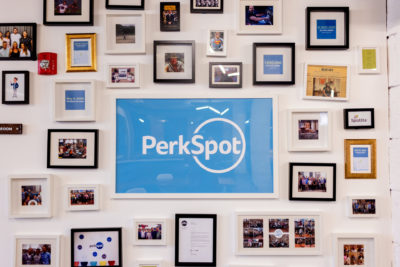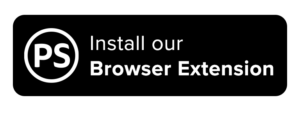Employee Priorities You Don’t Want To Miss In 2023

Employee priorities have never been shifting faster than today, in the age of the Great Resignation and “quiet quitting”. Millennials and Gen-Z are starting to make their voices heard and failing to understand means losing out on essential talent! So, what trends characterize the changing workplace, and what are the main employee priorities shaping up to define 2023? Some requests are as simple as a shift in focus, such as…
1. A Renewed Focus on Mental Wellness
It’s no secret that Gen Z workers face greater mental health challenges than ever seen before, with the two year pandemic lockdowns having taken a disproportionate effect on their mental health. Younger workers in general are looking for workplaces that take mental health seriously. Employees want to have the hard conversations necessary to provide adequate support for anxiety, imposter syndrome, and other struggles.
2. Growing Enthusiasm for the Four-Day Workweek
Studies around the four-day workweek have ramped up in the wake of Covid-19, and the results to date have been overwhelmingly positive. Not only have many studies shown greater productivity, the four-day workweek is also a desired perk especially among younger workers. The concept of the four-day workweek is a rapidly growing employee priority that you’ll definitely want to keep an eye on in 2023.
3. Increased Flexibility around Hiring and Work Expectations
This trend is especially relevant for ‘front-line’ workers who have been denied much of the post-pandemic flexibility that’s been afforded to office workers, but increasing flexibility both for employees and as an organization will continue to be a major trend, and a factor that many workers are specifically pining for. Modern workers have made it clear that they’re interested in having control over their own schedules. This should extend to organizations seeking the agility to function at maximum efficiency while allowing employees the ability to maintain work/life balance through managing their own schedules.
4. Investing in Personal Relationships and Addressing Employee Burnout
Burnout continues to rise, and combined with mental wellness struggles in the digital era, managing it effectively will likely prove to be a key employee consideration going into 2023. More than anything, it’s become clear that burnout management requires a personal touch. Employees are looking for co-workers and managers that they can be comfortable and honest with, and trust that their emotional difficulties won’t result in citations or scoldings for reduced performance. Learning to approach stress and burnout with a gentle hand will become a key differentiator between high-turnover organizations and those that retain talent for years to come.
5. The Growing Power of AI and Automation
Automation and Artificial Intelligence continue to rise in relevance and practical use, with industrial robots seeing deployment from the factory line to the self-checkout aisle. Machine learning models and other innovative AI technology has recently proved its potential to disrupt even skilled labor fields such as coding and graphic design. While these tools are powerful, it’s up to organizations to deploy them in responsible ways, and that responsible deployment is likely to be an increasingly prominent employee priority moving into 2023; workers will be paying attention to irresponsible rollouts of automation that eliminate positions without recompense, and be expecting their employers to use these new technologies in ways that streamline their work instead of making it more difficult.
While priorities will vary from employee to employee, these key points will rank among the top concerns of global workers as we move into 2023. From mental wellness to robotic takeover, 2023 promises to be both an interesting and surprisingly optimistic year – presuming that organizations can tackle the chaotic landscape of the modern hiring market, assuage an exhausted workforce, and deploy new tools and technologies responsibly!
Check out PerkSpot’s Blog for more modern workplace trends, or schedule a demo if you’d like to hear more about how PerkSpot can help save your employees money and drive positive culture in your organization!























